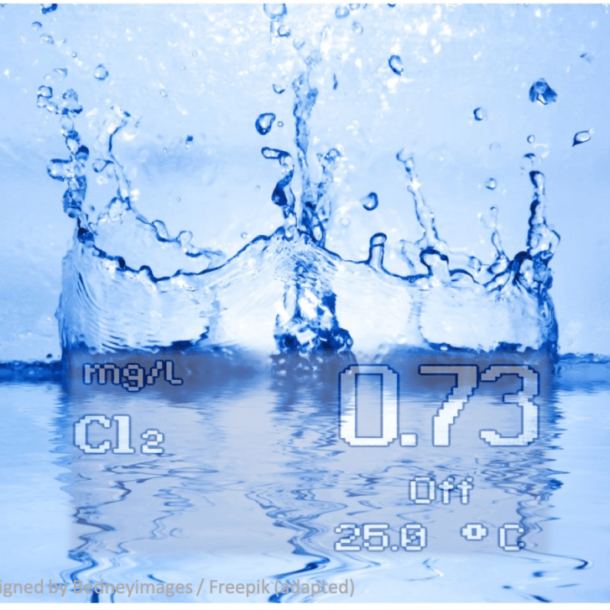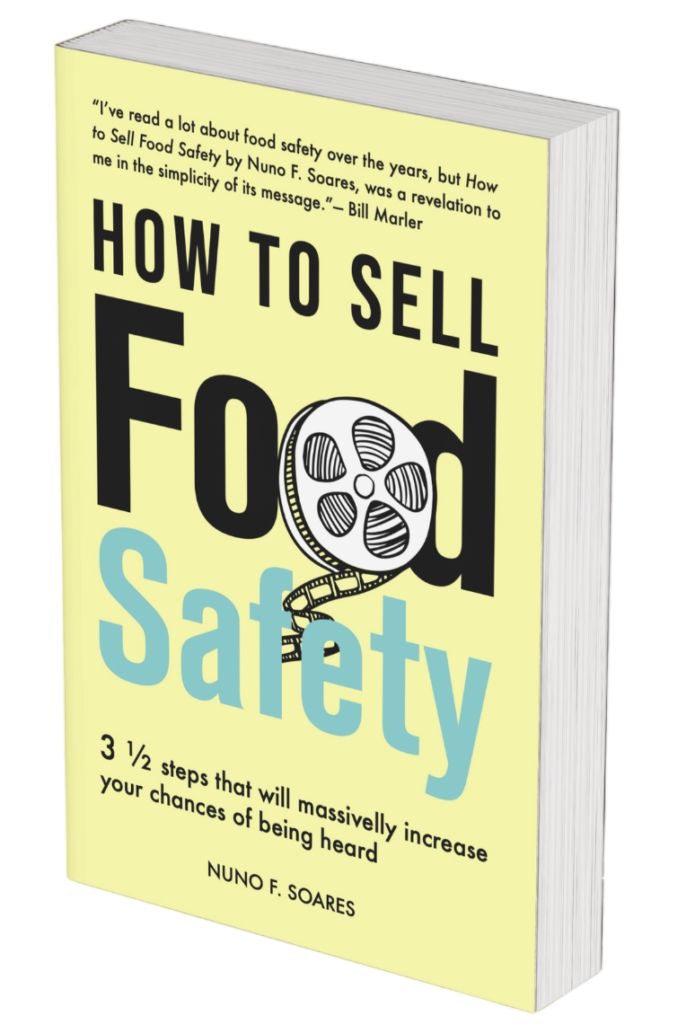
All efforts of an organization should be on preventing cross-contamination, since identifying it is difficult and usually expensive.
Cross-Contamination is a relevant hazard that food industry should address cautiously. In cross-contamination microorganisms or other contaminants (physical or chemical) are unintentionally transferred from one food product to another. When this contamination is done by contact between the two products, it is commonly designated as Direct Cross-Contamination. Indirect Cross-Contamination on the other hand requires that a vector (air or gases, liquids or physical objects) is required to carry or transport the contaminant. Note: in direct cross-contamination the food product that is the contaminant source can be assumed as the cross-contamination vector.
Liquid or gas cross-contamination vehicles, due to their physical characteristics, can be absorbed by a product surface, increasing the potential impact of cross-contamination. If the contamination vehicle is a solid surface that contacts another solid surface, the contamination is very dependent on the surface interactions established. According to a study, the transfer of microorganisms between two solids in contact was determined to be approximately of 50 %.
All efforts of an organization should be on preventing cross-contamination, since identifying it is difficult and usually expensive, e.g. enzyme-linked immunosorbent assay (ELISA test). When an organization possesses a well-implemented and effective prerequisite plan, it will certainly address most of the precautions necessary to minimize cross-contamination. For example:
- Well implemented good manufacturing practices, like washing hands when changing tasks or using different utensils for raw and final product and washing them between uses;
- Storage facilities should guarantee correct segregation between products and that the product is protected from plagues (e.g. off the floor);
- Guarantee that the employees have training on cross-contamination;
- Correct application of the cleaning and sanitation plan;
- Product flow adequate to minimize cross-contamination;
- Waste removed regularly
- Control facilities air quality
According to the United States Department of Agriculture (USDA) undeclared allergens were the major cause for food recalls in 2016.
In recent years, a particular emphasis has been given by the industry to food allergens, not only as consequence of new or updated legislation, but also due to growing impact of this problem on the consumers (and media). Cross-contamination plays a decisive role in this matter since when not avoided, it may introduce a contaminant in a product that is not mentioned on the label and can generate an allergic reaction. According to the United States Department of Agriculture (USDA) undeclared allergens were the major cause for food recalls in 2016, with approximately 28 % of all the cases (34/122). The Canadian Food Inspection Agency list of all recalls and allergy alerts identified 105 new food recall warnings related with allergens during the same period (66 % from the total notifications).
The incidence of allergens alerts and recalls is global. From a study that compares food allergen recalls from the European Union (RASFF), UK (FSA), Ireland (FSAI), USA (USFDA, USDA-FSIS), Canada (CFIA), Australia and New Zealand (FSANZ) during a period of 4 years (2011-2014) we can obtain the table on the right (below).
The food categories where undeclared allergens were more frequently reported were prepared dishes and snacks and cereals and bakery products (in a range of 12-53 % and 14-25 %, respectively, of all recalls and alerts). Milk and milk products, gluten, soy and eggs and egg products were the most common undeclared allergens, according to the same investigation. In this kind of authorities’ databases it is also common to have a cause for the incident. The problem is the lack of consistency between information providers and also the lack of detail in each report, making it very difficult to take conclusions related with the cause. Nevertheless, the authors of the investigation propose a serial of typical causes that would best describe the majority of entries. The table below summarizes the results for two of the causes.
In the unintended presence of allergens, the authors included the presence of allergens that were probably caused by cross-contamination.
The GFSI-benchmarked food safety schemes like BRC, IFS, SQF and FSSC 22000 (ISO 22000:2005+ISO/TS 22000-1:2009+FSSC additional requirements) address cross-contamination and allergens with increasing attention. In the case of FSSC 22000, for example, the last scheme update (January 2017) introduced an entire additional requirement dedicated to management of allergens.
When all the food safety schemes content on cross-contamination and allergen management is placed together on a table (that will be sent together with the article PDF to the members of on Jun 15) a similar approach can be clearly noticed.
In all schemes cross-contamination is addressed in the layout, storage facilities and product flows. Although the word cross-contamination is not used in the ISO/TS 220002-1:2009 requisite about storage (5.7- Storage of food, packaging materials, ingredients and non-food chemicals), all the principles to prevent it are presented there, such as:
- Facilities (…) shall provide protection from dust, condensation, drains, waste and other sources of contamination
- Storage area shall (…) allow segregation of raw materials, work in progress and finished products
- The storage area shall be designed to allow maintenance and cleaning, prevent contamination and minimize deterioration
IFS identifies as mandatory the establishment of a waste management procedure that avoids cross-contamination. In the other schemes, waste disposal is also addressed as a source of contamination or pests’ attraction. The location of waste storage facilities and the waste storage and flow inside processing areas are definitely of most relevance into cross-contamination.
SQF is the only scheme that includes a clear reference to cross-contamination during transport. IFS, unlike the others, includes a specific clause about GMOs cross-contamination.
In ISO/TS 22002-1:2009 an entire requisite (10-Measures to prevent cross-contamination) is dedicated to cross-contamination which includes Microbiological cross-contamination, Allergen management and Physical contamination. The presence of an allergen management clause is common to all schemes, but in the case of FSSC 22000 it is particularly interesting the introduction of an additional requirement in the last update when it was already addressed in ISO/TS 22002-1:2009. The goal of this additional requirement is to define that allergens should be managed according to a documented procedure (not present in the ISO document) and to clarify that the declaration of allergens shall satisfy the requirements from the destination countries.









